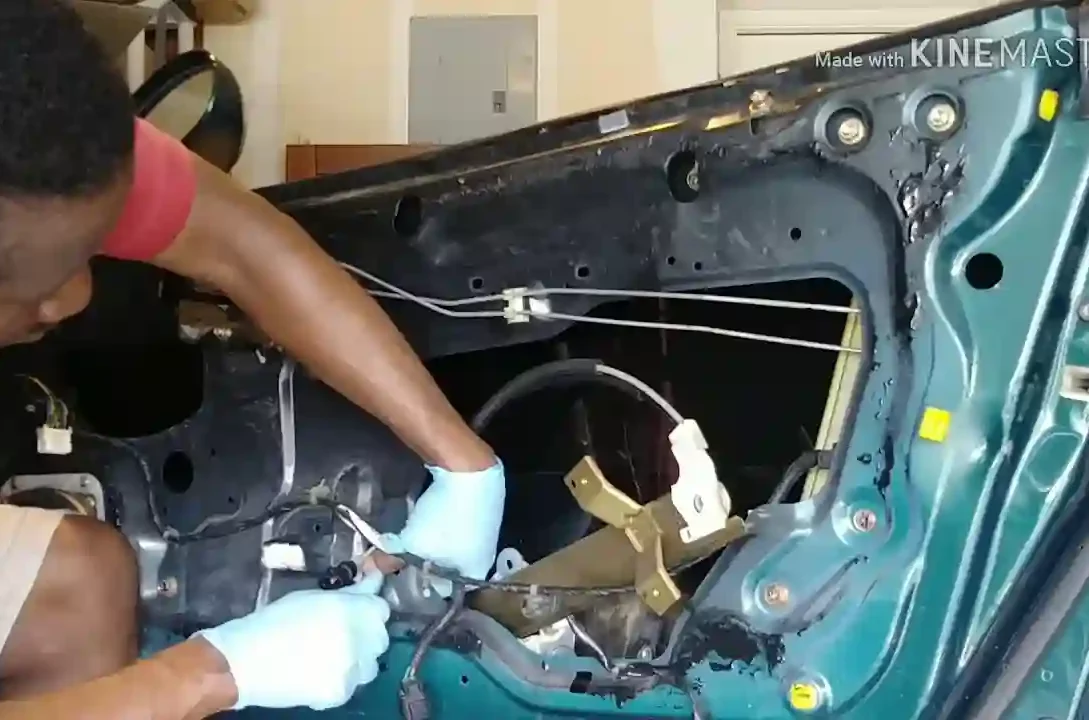Trucks and SUVs are known for their rugged capabilities, spacious interiors, and versatility. However, just like any other vehicles, they are not immune to wear and tear, including issues with window regulators. When the window regulator in your truck or SUV fails, it can be a frustrating inconvenience, especially if you rely on your vehicle for work or family transportation. In this article, we’ll explore the unique considerations and steps involved in window regulator replacement for trucks and SUVs, helping you understand what to expect when facing this common issue.
Understanding Window Regulators in Trucks and SUVs:
Before we delve into the replacement process, let’s review the role of window regulators in trucks and SUVs. Window regulators are mechanical components responsible for raising and lowering the windows. They can be operated manually using a hand crank or electrically with the help of an electric motor.
Trucks and SUVs, being larger and often more versatile vehicles, tend to have various window configurations, which may include:
- Front Windows: These are typically power windows and are often equipped with one-touch up and down functionality for added convenience.
- Rear Windows: Depending on the vehicle’s design, rear windows can be either power or manual. Some SUVs have rear windows that can be partially opened for ventilation.
- Rear Quarter Windows: Some SUV models have small quarter windows located behind the rear doors. These windows may have unique regulators and mechanisms.
- Sunroof or Moonroof: Many SUVs offer optional sunroofs or moonroofs, which also have their own regulators and mechanisms.
Each of these window configurations may require a specific replacement approach based on the design and components involved.
Common Reasons for Window Regulator Replacement:
Window regulator failures in trucks and SUVs can result from various factors, including:
- Wear and Tear: Over time, the moving parts of the window regulator can wear out due to regular use and exposure to the elements.
- Obstructions: Objects getting stuck in the window track or interfering with the window’s movement can cause the regulator to malfunction.
- Electrical Issues: In power window systems, electrical problems such as faulty switches, wiring, or the window motor can lead to regulator failure.
- Accidents or Impact: Collisions or impacts can damage the window and its regulator, requiring replacement.
The Replacement Process:
Replacing a window regulator in a truck or SUV can be more complex than in smaller vehicles due to their size and the additional window configurations. Here are the general steps involved in the replacement process:
- Gather Tools and Materials: You’ll need a set of tools, including screwdrivers, pliers, trim removal tools, and possibly a socket set, to remove the door panel and access the regulator. Additionally, you’ll need the replacement regulator and any associated components, such as clips or fasteners.
- Disconnect the Battery: For safety reasons, it’s recommended to disconnect the vehicle’s battery before working on any electrical components. This prevents accidental activation of the windows during the replacement process.
- Remove the Door Panel: Carefully remove the interior door panel to access the window regulator. This involves removing screws, clips, and possibly the door handle. Pay attention to any electrical connectors for switches and door lights, which need to be disconnected.
- Access the Regulator: Once the door panel is removed, you’ll have access to the window regulator. Depending on the design, you may need to remove additional components, such as the window motor or tracks, to reach the regulator.
- Disconnect the Old Regulator: Detach the old window regulator from the window glass and any other attached components. This typically involves removing bolts or clips that secure it in place.
- Install the New Regulator: Secure the new window regulator in place, ensuring it aligns correctly with the window glass and tracks. Fasten it securely using the appropriate hardware.
- Reconnect Electrical Components: If you have a power window system, reconnect the electrical components, including the window motor and any switches or controls.
- Test the Window Operation: Before reassembling the door panel, test the window to ensure the new regulator functions correctly. Make sure it moves smoothly up and down without any binding or unusual noises.
- Reassemble the Door Panel: Reattach the interior door panel, connecting any electrical components and fastening all screws and clips securely.
- Reconnect the Battery: Finally, reconnect the vehicle’s battery to restore power to the window regulator. Test the window operation again to confirm that it works as expected.
Considerations for DIY Enthusiasts:
For DIY enthusiasts, replacing a window regulator in a truck or SUV can be a rewarding project. However, there are a few important considerations to keep in mind:
- Vehicle-Specific Manuals: Consult your vehicle’s service manual or repair guide for detailed instructions and diagrams specific to your make and model. These resources can provide valuable insights into the replacement process.
- Safety: Always prioritize safety during the replacement process. Disconnect the battery, wear appropriate safety gear, and take precautions to prevent injury.
- Complexity: Be prepared for the complexity of the replacement, especially if you’re dealing with power windows and multiple window configurations. It may require advanced DIY skills.
- Time and Patience: Window regulator replacement can be time-consuming, especially if it’s your first time tackling such a project. Allow ample time and have patience to ensure a thorough and successful replacement.
Professional Assistance:
If you lack the necessary tools, experience, or confidence to replace a window regulator in your truck or SUV, it’s advisable to seek professional assistance. Professional mechanics have the expertise and specialized tools needed to perform complex replacements efficiently and safely.
Conclusion:
Replacing a window regulator in a truck or SUV is a task that may vary in complexity depending on the vehicle’s design and the type of windows involved. While DIY enthusiasts can successfully tackle this project, it’s essential to consider factors such as safety, complexity, and vehicle-specific instructions. When in doubt or if the task appears too challenging, consulting a professional mechanic is a prudent choice to ensure your windows are functioning correctly and safely in your rugged and versatile vehicle.









